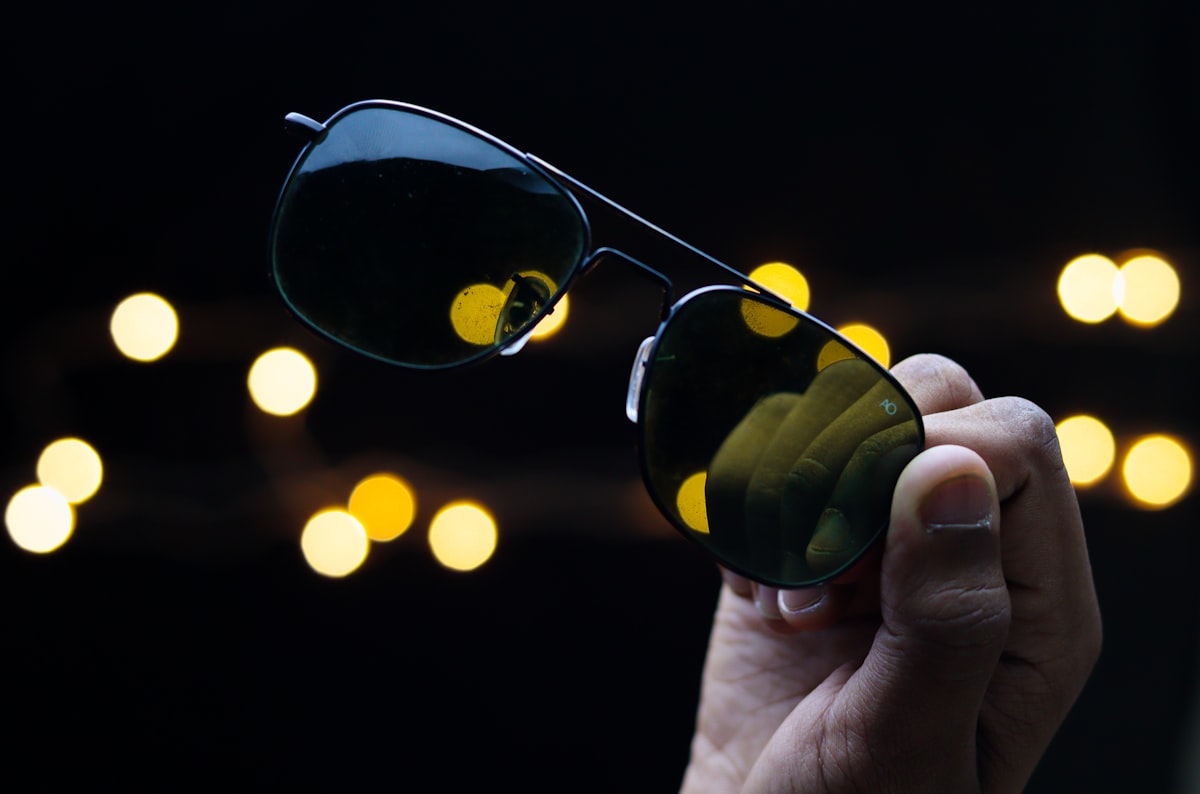Open-Angle Glaucoma: Detection and Follow-Up in Mexico
Glaucoma is a progressive and degenerative disease of the optic nerve that reduces peripheral vision. Most of the people who suffer from it are unaware of it. In Mexico, 40 percent of the cases diagnosed are open-angle glaucoma.





